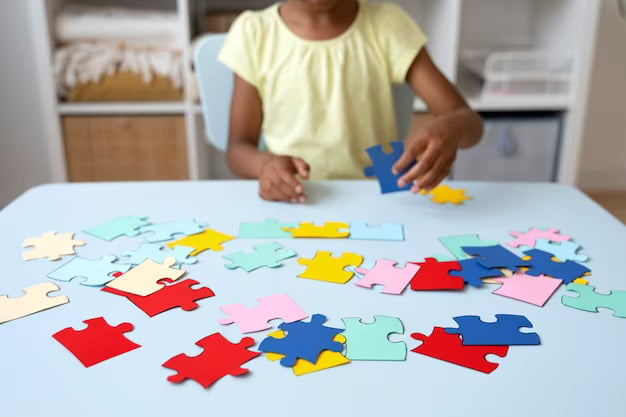Many Languages, One Classroom: How to Celebrate and Support Multilingual Learners in Early Childhood
Why Is Supporting Multilingual Learners So Important?
Today’s #early-childhood #classrooms are more diverse than ever. Children come from families that speak Spanish, Arabic, Mandarin, Swahili, and countless other #languages. These young learners bring rich cultural backgrounds—and unique #language- #development needs—with them.
Supporting multilingual learners isn't just about helping them speak English. It’s about nurturing their whole identity, embracing their #home languages, and laying the groundwork for cognitive, social, and academic success.
How Can Educators Create a Welcoming Space for All Languages?
A multilingual-friendly classroom starts with an inclusive mindset. Here are a few ways to create a supportive environment:
-
Celebrate all languages: Dis #play words, #books, and labels in multiple languages.
-
Use visuals and gestures: These help all children understand routines and instructions.
-
Learn a few key words: Greeting children in their home language builds trust and connection.
-
Involve families: Invite #parents to share songs, stories, and traditions in their native language.
This approach shows children—and their families—that their heritage is valued and respected.
What Strategies Help Dual Language Learners Thrive?
Effective strategies for multilingual learners include:
-
Language modeling: Speak slowly, clearly, and use rich vocabulary to help learners pick up English naturally.
-
Repetition and routines: Familiar activities give children the confidence to use and hear new words in context.
-
Peer support: Pairing children with buddies helps build #language-skills through natural play and conversation.
Want to learn how to be a stronger language model for #toddlers? Don’t miss this valuable resource:
🧠 Language Modeling with Dual Language Learning Toddlers
What Training Can Help Educators Better Support Multilingual Learners?
If you're ready to grow your skills and confidence in supporting young multilingual children, there’s an online course made just for you!
🎓 Building Bridges for Dual Language Learners
This course explores how language develops, how to support children’s home languages, and how to design activities that build both English and native language skills. It’s flexible, fun, and filled with practical tools you can use right away.
How Can You Keep Learning and Stay Inspired?
Supporting multilingual learners is a journey—and you don’t have to do it alone! Stay connected with a vibrant community of #educators who care deeply about inclusion, language, and early childhood development.
📲 Follow ChildCareEd.com on social media for resources, training updates, classroom tips, and multilingual learning inspiration.
In a world full of languages, you can be the bridge that connects them all. Start building it today—with heart, purpose, and the right support.
